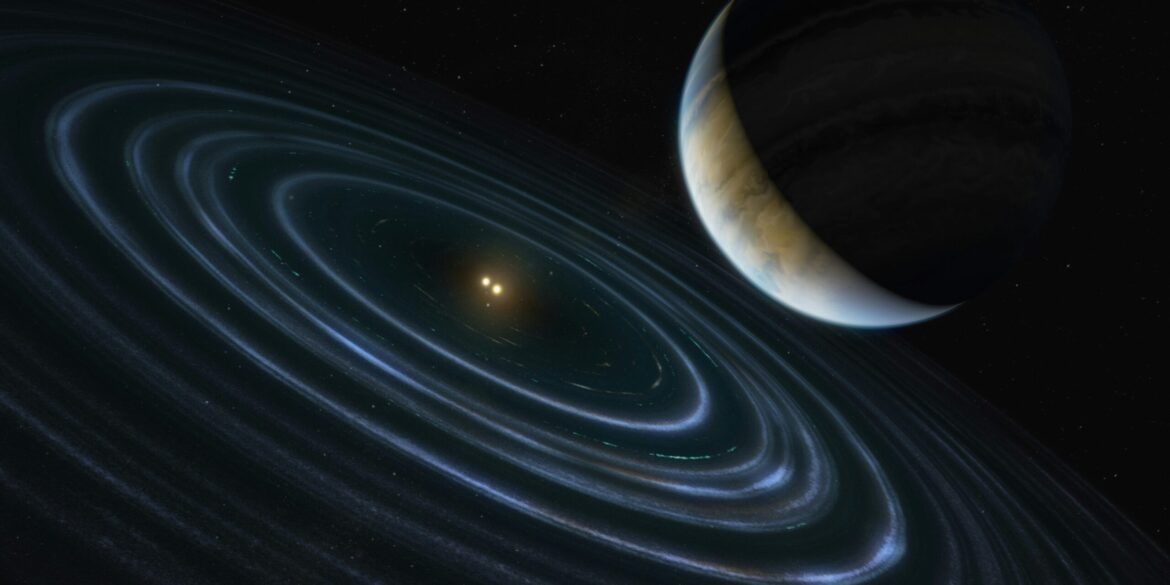On Sunday, August 10, 2025, the pre-dawn skies over the United States became the stage for a rare and visually stunning event: the final planetary alignment, or “planet parade,” of the year. Six planets—Mercury, Venus, Jupiter, Saturn, Uranus, and Neptune—stretched in a graceful arc along the eastern horizon, creating an unforgettable sight for astronomy enthusiasts and casual stargazers alike.
The spectacle began to emerge roughly an hour before sunrise, when the darkness was still deep enough for the planets to shine clearly yet just on the edge of morning light. Jupiter, brilliant and easily spotted, dominated the display alongside Venus, whose luminosity made it the most eye-catching object in the arc. Mercury appeared close to the horizon, challenging some viewers due to its low position and the brightening sky. Higher above, Saturn’s steady golden glow was unmistakable. For those equipped with binoculars or telescopes, Uranus and Neptune revealed themselves faintly—subtle jewels that required clear skies and minimal light pollution to detect.
Contrary to what the visual alignment might suggest, the planets were not physically close to one another in space. Instead, their orbits had brought them into a temporary arrangement where, from Earth’s perspective, they appeared to line up. Such alignments occur only occasionally, and ones involving this many planets are particularly rare. For seasoned amateur astronomers, the August 10 parade was a high point in the year’s skywatching calendar; for casual observers, it was a reminder of the beauty and precision of our solar system’s motion.
Read Also: https://primetimepress.com/tarik-skubal-overcomes-early-struggles-to-lead-tigers-to-50th-win/
Reports from across the country detailed a variety of viewing experiences. In rural areas with dark skies, the arc of planets stood out clearly, with even the faintest members visible through modest optical aids. Coastal observers in the East enjoyed clear horizons over the ocean, while desert regions in the Southwest offered crisp, dry air that enhanced visibility. Even in cities, where light pollution is a constant challenge, the brighter planets remained easy to spot, and some local astronomy clubs organized public gatherings to guide newcomers in finding them.
For many, the event served as both a visual and emotional experience—a chance to look up from daily life and witness a fleeting yet profound reminder of the vast cosmic environment we inhabit. Social media was quickly filled with photographs, sketches, and timelapse videos of the alignment, capturing its progression from deep night to the gentle light of morning.
While this was the last planetary parade of 2025, astronomers note that another six-planet alignment will occur on February 28, 2026, offering those who missed this display a chance to see a similar celestial arrangement. However, factors such as weather conditions, local horizon obstructions, and timing will again determine how fully it can be enjoyed.
The August 10 event underscored the enduring appeal of skywatching in an age of screens and schedules. For a brief window of time, people across the country were united in turning their gaze upward, sharing in the wonder of a perfectly timed alignment that will not soon be forgotten.

